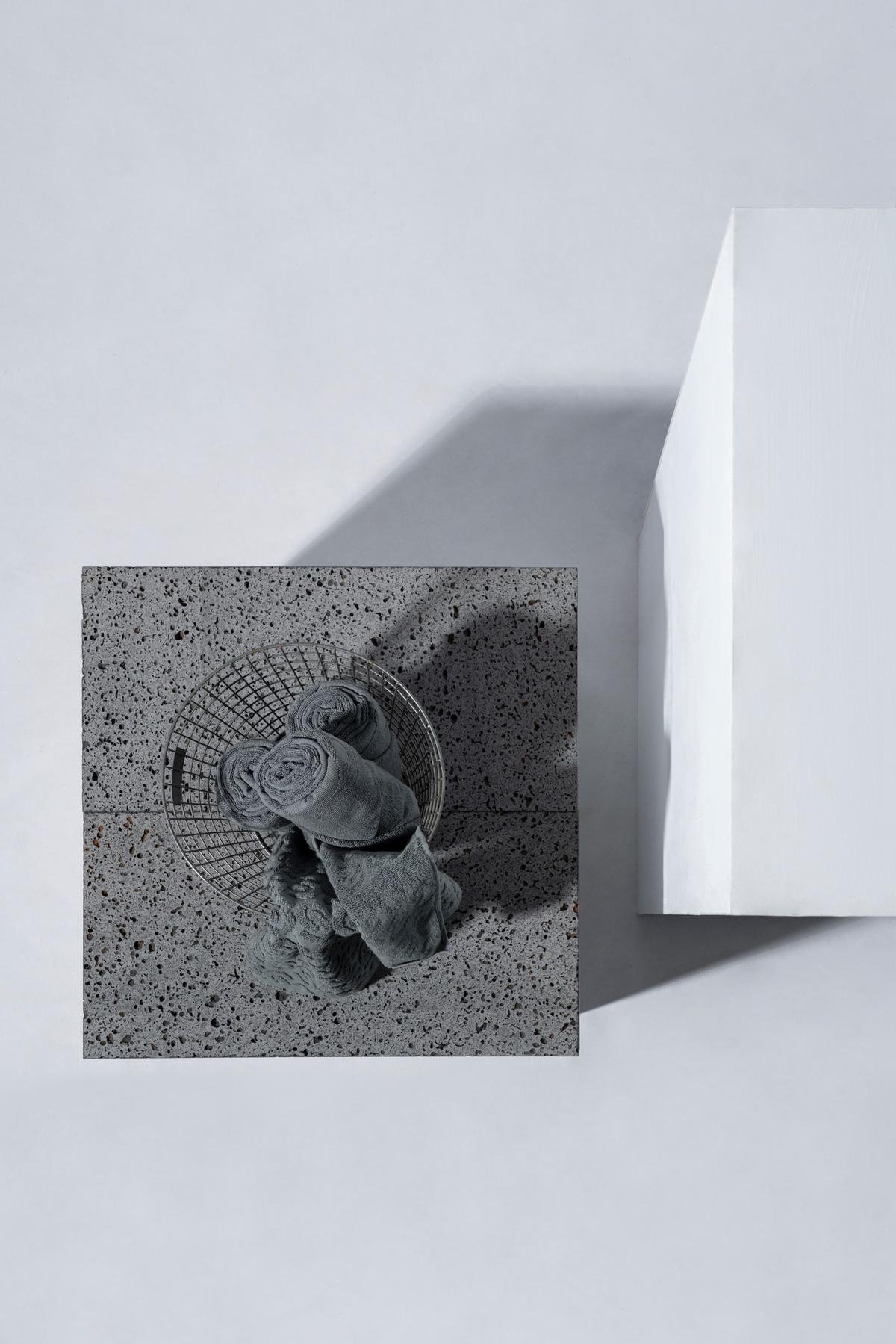
Recognizing the unique characteristics and needs of people with Autism Spectrum Disorder (ASD) is vital in ensuring the overall well-being and development of these individuals. Amidst various management and intervention strategies, medication administration poses a unique set of challenges due to the integral sensory, communication, and behavior issues associated with autism. Our discussion explores a two-pronged approach that seeks to understand the root causes of these difficulties while presenting tangible solutions to address them. We delve into designing an optimal environment for administering medications, one that is comfortable, maintains routine, and respects the child’s sensory needs. Furthermore, we navigate various methodologies that can ease the process of medication-taking, honed by behavioral strategies and technical advice to make medication palatable and administration times more streamlined.
Understanding Autism and Challenges in Medication Administration
Tackling Unique Challenges of Administering Medication to Autistic Children
Raising a child requires unwavering dedication, endless patience, and the love to turn any hurdle into a learning adventure. When the child has Autism Spectrum Disorder (ASD), parents need to navigate additional challenges, one of the most crucial being the administration of medication.
Autistic children often struggle with sensory issues, inflexibility to routines, communication barriers, and fear of the unknown, making the process a bit more complicated. But, no worries. A good understanding of these challenges and adopting suitable strategies can help make administering medication easier and less stressful for both parent and child.
Sensory Issues: Children with ASD often exhibit hypersensitivity to tastes, textures, and smells. Medications, seldom known for their great taste, may trigger gag reflexes or outright refusal in these children. Solutions include requesting medicine in different formulations, such as liquid or chewable, or using flavored additives that a local pharmacy might offer. Some parents have found success by mixing medication into favorite foods or drinks, but always ask the pediatrician before trying this, as some medications should not be mixed with certain foods.
Inflexibility to Routines: Autistic children thrive on routine and predictability. A sudden introduction of medication could disrupt their routine, making them hesitant or even resistant. It’s important to integrate the medication process into their daily routine slowly and gradually. Using visual schedules or social stories about taking medicine can help the child understand what to expect, easing the process.
Communication Barriers: Providing clear, simple, and concrete instructions can help. Use visuals or demonstrative actions, if necessary. It’s crucial to remain patient, understanding, and encouraging. Reassuring them that they are doing a great job, even in small steps, can yield surprising results.
Fear of the Unknown: Administering medication could evoke fear and anxiety due to its unfamiliarity. Offering comfort and reassurance, along with detailed explanations about what to expect, can help in easing these fears. Role-play using a doll or stuffed animal may assist the child in understanding the process and knowing what to expect, offering them some control and thereby reducing anxiety.
In conclusion, understanding the unique challenges associated with administering medication to autistic children is the first step towards effective management. It’s vital to remember that each child is different, and what works for one may not work for another. Patience, creativity, empathy, and constant communication, combined with professional advice, can make the process smoother. Remember, you’re not alone. Reach out to support groups and forums where parents share their experiences and proven tips. After all, it takes a village to raise a child. So, let’s build that village with love, understanding, and shared wisdom.

Creating a Positive Environment for Medication Administration
Creating a Medication-Friendly Environment for Your Autistic Child
In the existing colorful palette of the everyday parenting world, the task of administering medications to a child on the spectrum can be equally as challenging as it is unique. As parents, figuring out ideal strategies based in personal connection and creative solutions may play a significant role in alleviating this challenge.
Several elements in your home environment can have a considerable influence on promoting a more harmonious medication process. These elements include interior design, sounds, light, and temperature.
Let’s start with the space itself. Choose a space within your home that naturally induces calm and tranquility in your child. The area should be free from clutter and distractions. For some children, a minimalistic, neutral-colored space may be beneficial to keep distractions at bay. After all, a serene, well-organized space could serve as a foundation for a more composed mind during medication times.
Various sensory objects can also be introduced into this special space. Objects such as weighted blankets or fidget toys can offer tactile stimuli, which can assist in soothing the child and making this more of a routine practice.
Next, consider the auditory environment. In this dedicated space, using calming sounds such as soft music, white noise, or nature sounds can help create a soothing atmosphere. Personalizing the soundscape based on your child’s preferences can bolster their comfort level.
The choice of lighting can also dramatically affect how a child perceives their environment. Avoid harsh, direct lighting that may over-stimulate your child. Instead, opt for warm, soft lighting that exudes a sense of calm. Adjustable lighting can also be beneficial to adapt to the changing requirements throughout the day.
Moreover, maintaining an optimum room temperature is crucial to ensure that your child doesn’t feel too hot or too cold during the medication administration process. A comfortable temperature aids in reducing restlessness and promotes a sense of overall well-being.
Lastly, personalizing this space according to your child’s preferences can make all the difference. You could utilize favorite colors, add in their preferred objects, or even use photos or wall decals of something they particularly enjoy.
Recall the fundamental principle of maintaining consistency and predictability as much as possible. Regular routine boosts the child’s confidence and encourages predictability and acceptance in their regime.
And most importantly, always remember to celebrate victories, no matter how small! After all, each step your child takes towards accepting this necessary part of their routine is a victory not just for them, but for you as well. This acknowledgment fosters positivity and encouragement, both of which are essential in navigating this often strenuous journey.
Also, don’t forget to take care of yourself in this process. It’s not just about creating a conducive environment for administering medication, but also about nurturing a supportive environment for you, the incredible parent at the heart of it all.

Effective Strategies for Administering Medications
Just as no two children are alike, there’s no one-size-fits-all approach when it comes to successfully administering medication to autistic children. After covering in the first part of our two-part series the major issues and the successful strategies already implemented, here are some additional creative strategies that will hopefully be just as useful. These are derived from collective wisdom, professional advice and lived experiences of many parents and caregivers—everyday champions in the parenting arena.
Let’s dive into these strategies:
Creating a nurturing environment can go a long way in stimulating communication and easing anxiety. Opt for a calm, well-organized space for medication administration, one that is free from distractions and clutter. A peaceful setting tends to promote relaxation and could potentially make the medication process easier.
If the child is prone to anxiety, sensory objects can help soothe their senses and provide comfort. Toys that offer sensory feedback like squishy balls, textured objects, or weighted blankets can help keep little hands busy and minds distracted during medication time. It’s a simple yet effective way to improve attention and reduce apprehension.
Certain auditory and visual elements can help create a calming environment. Soft music, nature sounds or noise-cancelling headphones are promising options. The goal is to shift their attention away from the medication process and towards a comforting distraction, thus making the medication administration easier.
Consider the lighting within the room as well. Soft lighting, along with adjustable options suiting the child’s preferences, can turn a potentially stressful situation into a soothing one.
Room temperature is another key factor. A too chilly or too warm environment can make a child uncomfortable, so make sure the room is set at a temperature agreeable to your child.
Beyond any doubt, consistency is key. Fostering repetition and predictability in a child’s surroundings and schedule might easily be the most effective technique to helping them accept their medication routine.
When your child does well, celebrate that accomplishment, no matter how small it may seem. This serves as an encouragement and reinforcement, fostering a positive mentality towards medication administration.
Last but not least, remember to take care of yourself too. Parenting a child with needs can be demanding and at times exhausting. Seek out resources, establish self-care routines, and never hesitate to lean on your support system. Because by taking care of yourself, you are also bolstering your ability to take care of your child.
Remember, patience and creativity go hand-in-hand when it comes to administering medication to your autistic child. It might take some time to figure out what works for your child, but you can rest assured that every effort contributes to their well-being. Try a few of these pointers, and see the world of difference they can make.
More power to you in your journey. Here’s hoping these tips help in building an environment that works best for you and your child.

Photo by intenzafitness on Unsplash
Efforts aimed at assisting autistic children with medication compliance and acceptance should be empathetic, individualized, and notably, multifaceted. A nurturing and stress-free environment, coupled with strategies tailored to each child, can prove pivotal in eliminating the dread and anxiety revolving around medicine time. The solutions explored through this journey of understanding, adaptation, and innovation underscore the profound value of a compassionate and personalized approach. We all are bound by a common endeavor to ensure the best care for autistic children. This task, although daunting, paves the way for fostering a sense of empowerment within these children– ensuring their progress, health, and happiness in their unique, beautiful world.




